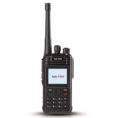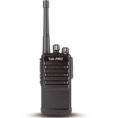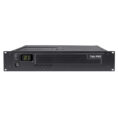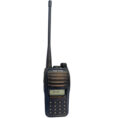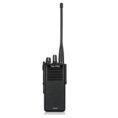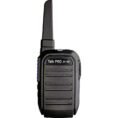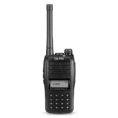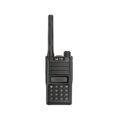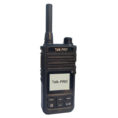Two-way radios are a simple, practical, and cost-effective way to communicate. Two-way radios, also known as walkie-talkies, broadcast on federally regulated radio frequencies, allowing you to communicate over short distances without relying on external infrastructure like mobile phone towers.
These gadgets are popular because they allow families and small groups to communicate on camping trips, work on a busy construction site, and more.
Analogue walkie-talkie radios have been available since the 1940s, however, they have developed with time and are now smaller, lighter, and have longer-lasting batteries.
However, the core technique of functioning has not changed. The user’s voice is relayed to the receiving radio as an Analogue waveform.
A digital radio converts the user’s speech into digital data and sends it as a stream of bits. This is subsequently converted back into an audio voice signal by the receiving digital walkie-talkie.
Digital Radios Offer Clearer Voice Quality
Digital error correction will result in a crisper sound coming out of the receiving radio since the signal is digitized. Some digital radios can also filter out “background noise,” improving the quality of the voice being broadcast even further.
Due to the time it takes to process, transfer, and decode the transmitted voice, digital radios do have a fraction of a second delay.
Digital Radios Bring New Features to the Table
Many digital radios can provide additional features like GPS tracking, sophisticated call groups, and individual calling, among others.
Digital Radio Communications are more secure than Analogue radio communications. Third parties find it far more difficult to “eavesdrop” on digital radio communications than unencrypted Analogue radio broadcasts.
Digital Walkie Talkies Are More Expensive
Because digital radios are a novel product with more sophisticated manufacturing requirements. They tend to be more expensive than many Analogues walkie-talkies.


